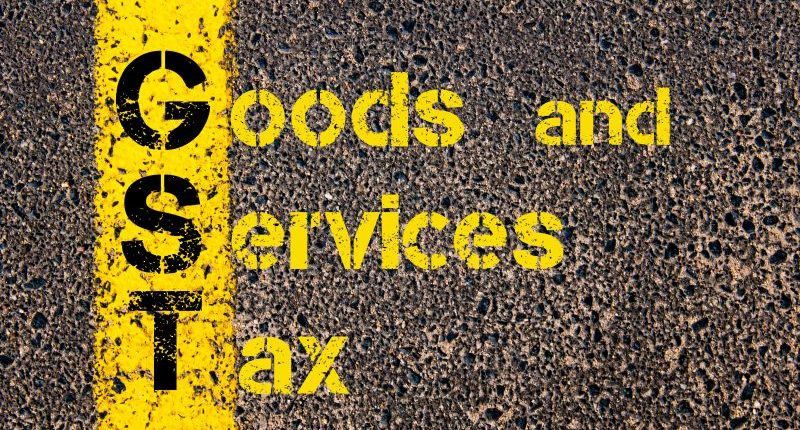The GST Network (GSTN) has embedded the deep analytics tool in its GST portal since February 2021. It has recently produced some insights that have caught the attention of the taxman. As a result, the Central Board of Indirect Taxes and Customs (CBIC) officers have begun issuing GST notices for grave differences in the Input Tax Credit (ITC) claims.
Industry trackers have claimed that the tax officials belonging to the analytics division have noticed discrepancies in the GSTR-1 and GSTR-3B filed by taxpayer companies. These mismatches are specifically between GSTR-3B and GSTR-2B returns for the ITC claims. In simple words, the variances could be due to the tax figures reported by the vendors or suppliers being lower than the ITC declared in GSTR-3B by these taxpayers.
It is interesting to note the level of return mismatches acceptable to the tax department. It was earlier at 20% but has now been brought down to 5% by the CGST Rule 36(4). It means that where the extent of mismatch is beyond 5% between GSTR-2B and GSTR-3B, it can invite a notice. Further, this allowance may be removed in 2022 through a CBIC notification following the 45th GST Council meeting outcome.
The law lays down stringent actions and provides power to adjudicating officers for significant differences found in GST returns. The GST law allows the tax department to reject or hold the ITC claims upon finding evidence of evasion or non-compliance with the GST law. At such times, the tax officer issues a show-cause notice as to why the GST Identification Number (GSTIN) should not be suspended.
However, some tax experts opine that the department does not give companies sufficient time to act on such GST notices to rectify excess ITC claims. A leading tax practitioner issued a statement to a news publication. The adjudicating authority should have thoroughly verified the GST returns and issued an intimation to the taxpayers giving time to rectify the errors if needed. Suppose the taxpayer fails to act on such intimation or notice. The taxman must then act on such defaulting taxpayers by the issue of show-cause notices.
The tax department claims that the scrutiny of returns is not a compulsory process. The authorities have the legal power to issue a show-cause notice directly to the taxpayers. The tax notices will affect several companies that are yet to recover from the major cash crunch issues caused by the pandemic.
The taxpayers are advised to ensure the following-
- Regularly reconcile between GSTR-2B and books of accounts for the ITC differences.
- Have a system in place to reconcile data across tax periods to avoid duplication of ITC claims.
- Use tech-based software solutions to benefit from the low-cost, accurate compliance and reduced manual intervention.
- Many continue using GSTR-2A as their base for finding ITC differences. The GST portal has now moved to GSTR-2B. Hence, it is advised to refer to GSTR-2B to identify ‘ITC marked as available’ for claims. It helps you avoid reversals later on along with an interest levy of 24% p.a.
For any clarifications/feedback on the topic, please contact the writer at annapoorna.m@cleartax.in
Annapoorna, popularly known as Anna, is an aspiring Chartered Accountant with a flair for GST. She spends most of her day Singing hymns to the tune of jee-es-tee! Well, not most of her day, just now and then.




